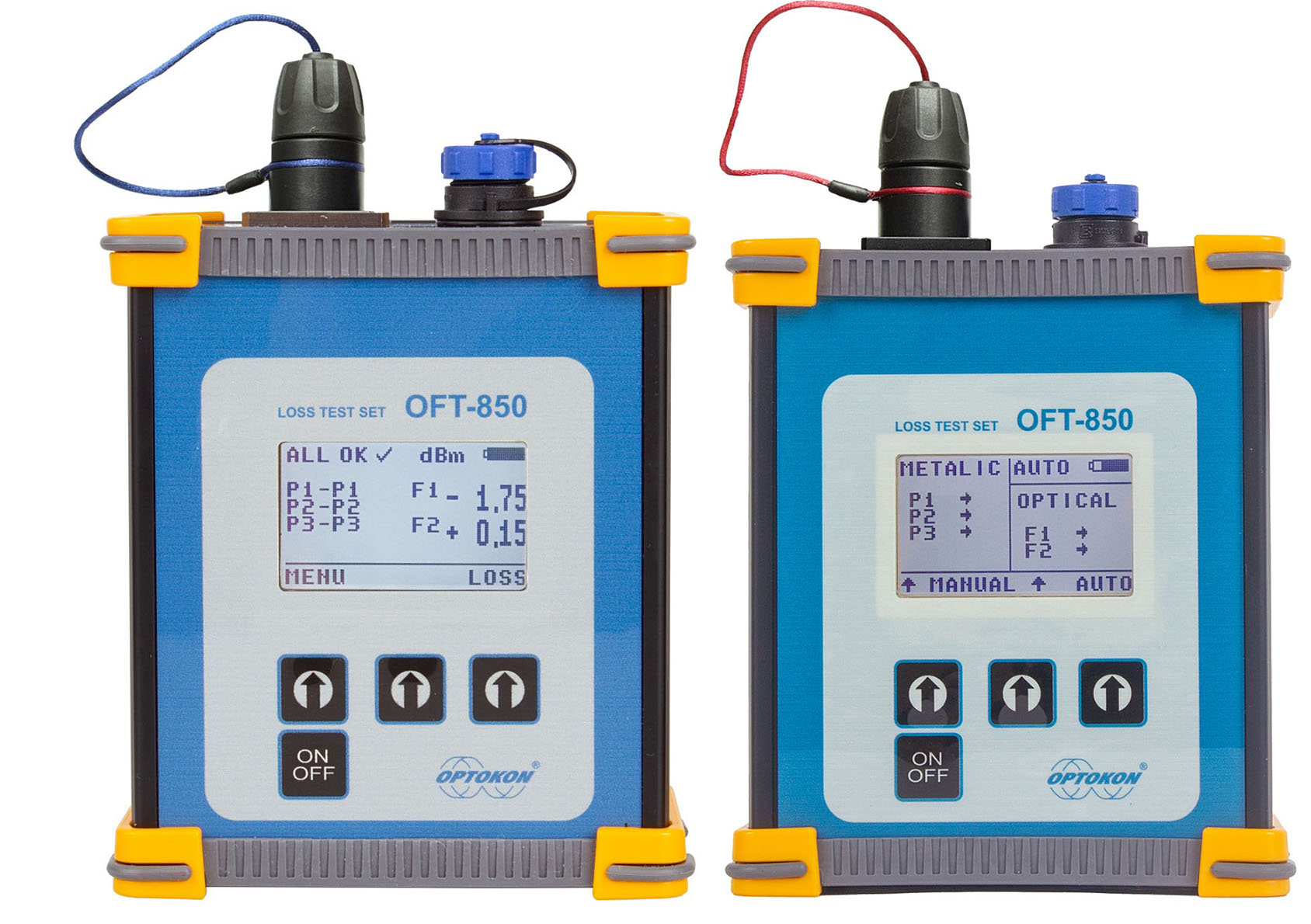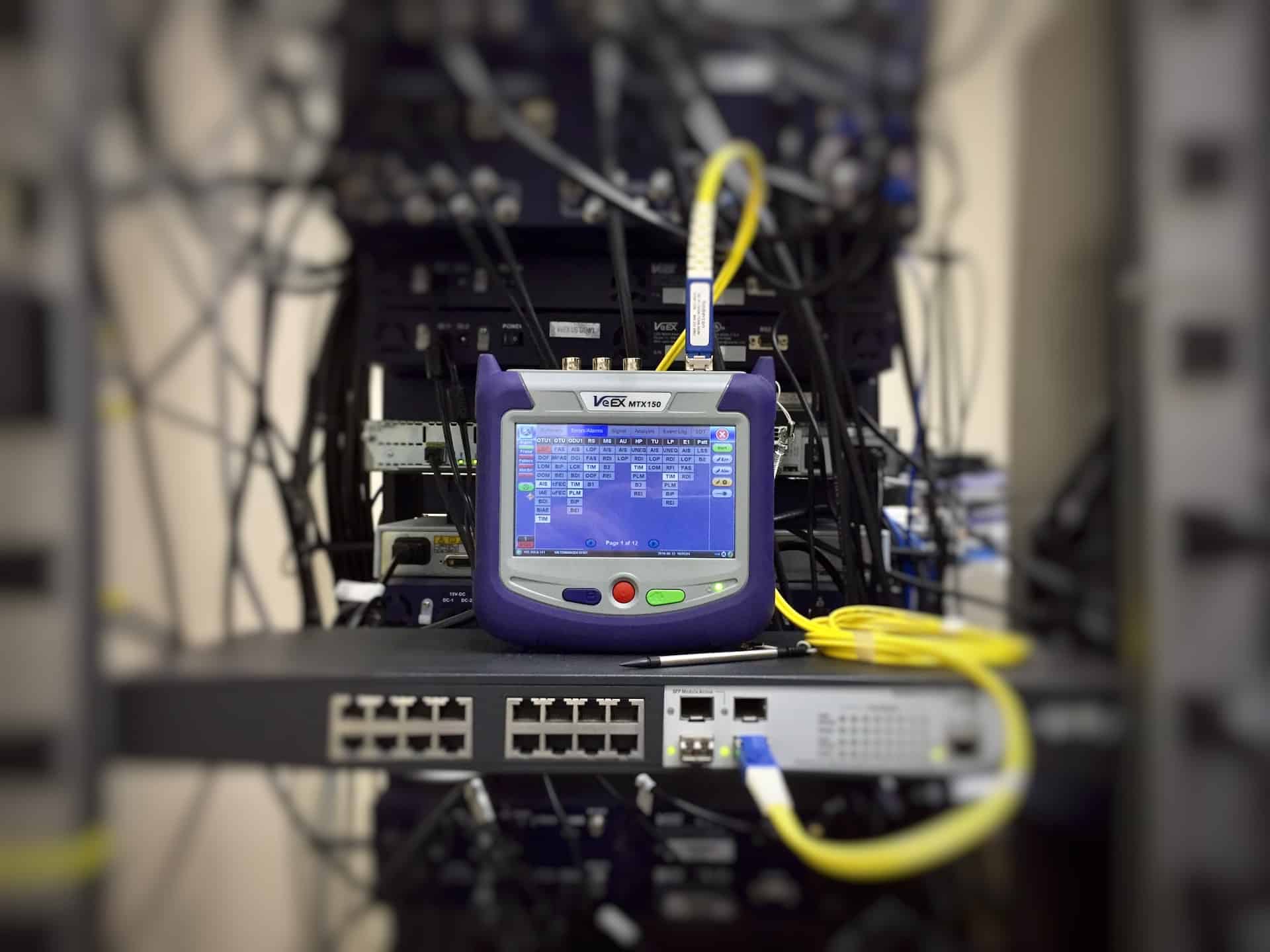Efficient Optical Fibre Testing Equipment for Superior Performance Analysis
Essential Features to Search For in Optical Fiber Testing Tools
When reviewing optical fibre testing devices, several essential features warrant mindful consideration to guarantee ideal efficiency and dependability. Compatibility with existing industry standards enhances performance, while innovative dimension abilities, consisting of TDR and OTDR testing, offer essential understandings right into network stability. Comprehending these features will lose light on how to choose the ideal tools for your certain requirements.
Accuracy and Accuracy
Accuracy and precision are critical specifications in the evaluation of optical fiber testing equipment. These 2 attributes make certain that measurements mirror the true performance of fiber optic systems, which is vital for efficient network setup, maintenance, and troubleshooting. Accuracy refers to the nearness of a measured value to the real value, while accuracy represents the repeatability of measurements under the same conditions.
When picking optical fibre testing devices, it is vital to take into consideration tools that offer high precision and accuracy to minimize mistakes in data interpretation. Gadgets such as optical time-domain reflectometers (OTDRs) and power meters should have calibration mechanisms to ensure consistent efficiency over time. Additionally, the specs supplied by producers ought to detail the tools's measurement unpredictability, which straight influences the reliability of examination results.
Moreover, the performance of optical fibre screening tools can be affected by environmental factors, such as temperature and moisture. Choosing devices created to alleviate these variables will certainly improve measurement integrity. To conclude, purchasing optical fibre testing devices with robust precision and precision features is fundamental for preserving optimal network performance and ensuring the stability of fibre optic communications.

User-Friendly User Interface
The performance of optical fibre screening devices is not solely figured out by its precision and precision; an user-friendly user interface plays a substantial role in improving functional efficiency. A well-designed interface simplifies the communication between the service technician and the devices, permitting for an extra user-friendly understanding of complicated features.
Secret functions of an user-friendly user interface include clear navigation food selections, logical formats, and easily obtainable controls. These components enable service technicians to perform tests swiftly without substantial training, reducing the chance of user error - ofda. In addition, visual indications such as progress bars, signals, and graphical depictions of data can considerably enhance the user experience by supplying immediate feedback on the testing process.
Additionally, customizable setups can better improve procedures by enabling individuals to readjust specifications according to specific testing demands. This versatility not only conserves time however additionally ensures that the devices satisfies diverse application needs.
Incorporating assistance functions, such as tooltips and extensive guidebooks, right into the user interface can additionally encourage customers, promoting self-sufficiency and self-confidence in operating the tools. Ultimately, a straightforward interface is crucial for optimizing the potential of optical fibre screening devices, bring about a lot more effective and reliable screening results.
Transportability and Toughness
Mobility and resilience are important attributes of optical fiber testing devices, making certain that it can withstand the rigors of different environments while remaining very easy to transportation. Service technicians usually operate in varied setups, from telecoms centers to remote setups, making it vital that testing devices are light-weight and portable (ofda). Equipment made with portability in mind commonly features ergonomic takes care of the original source and instances that assist in uncomplicated motion, thus boosting operational effectiveness on-site
Sturdiness is equally crucial, as optical fibre testing equipment is usually subjected to rough conditions, including temperature variations, moisture, and physical impacts. Tools constructed with tough materials such as reinforced plastics or steel real estates are much better matched for these environments, decreasing the threat of damage throughout use and transport. Furthermore, tools with water and dirt resistance ratings, such as IP scores, ensures dependable performance in difficult problems.
Compatibility With Standards
Guaranteeing compatibility with market requirements is essential for optical fiber screening devices, as it straight affects the integrity and validity of examination outcomes. Optical fibre networks undergo rigid performance standards established by various companies, including the Telecommunications Industry Association (TIA) and the International Electrotechnical Compensation (IEC) Examining equipment needs to abide by these criteria to guarantee that measurements correspond and equivalent across different systems and atmospheres.
When choosing optical fibre screening equipment, users need to verify that the device satisfies relevant criteria essential to their specific application, such as those pertaining to depletion, data transfer, and crosstalk. Equipment that is certified with well-known criteria not only helps in accomplishing accurate outcomes however additionally facilitates interoperability among devices from various suppliers.
In addition, compatibility with criteria guarantees that the tools can be used in governing compliance circumstances, which is important for tasks in markets such as telecommunications, aerospace, and military applications. Investing in optical fibre screening tools that lines up with existing sector requirements is a basic element of keeping high quality assurance and achieving ideal network efficiency.
Advanced Dimension Capabilities
Advanced dimension this article capacities are a specifying function of modern-day optical fiber screening tools, permitting detailed evaluation of network performance. These capabilities guarantee that professionals can review essential specifications such as signal loss, diffusion, and bandwidth, which are important for maintaining optimal interaction efficiency.
One trick facet is the ability to conduct time-domain reflectometry (TDR) and optical time-domain reflectometry (OTDR) examinations. These strategies make it possible for users to identify faults, measure the length of fibers, and determine the place of flaws with remarkable accuracy - ofda. Advanced devices commonly includes the capacity to gauge optical power levels, aiding to analyze the total health and wellness of the network and ensure compliance with the required specs.
Furthermore, some screening gadgets offer innovative algorithms for real-time evaluation, allowing quicker diagnosis and troubleshooting. This is especially vital in high-speed networks where downtime can bring about considerable financial losses. With the assimilation of sophisticated software application user interfaces, customers can picture data much more properly, helping with educated decision-making. To conclude, purchasing optical fibre testing equipment with advanced measurement capacities is essential for making sure network integrity and performance in today's requiring telecoms landscape.
Conclusion
